For around five or six years Britain’s elite Pathfinder Platoon fielded a small fleet of Land Rover conversions designated Defender 90 LRPV, continues Bob Morrison.
~
Just before I go to meet my maker I reckon a handful of vivid memories will flash past me. Topping the list will no doubt be a low level moonlit flight from Sarajevo to Gornji Vakuf in war-torn Bosnia in a Special Forces Lynx with the doors off and no seats in the rear, but a close second will probably be the memory of riding down Victoria Road in Aldershot one Friday afternoon in one of a troop of four armed Pathfinder Land Rover LRPVs (Long Range Patrol Vehicles).
The prototype Pathfinder LRPV, codenamed FASTBALL 90, was produced for the specialist Platoon by the Aldershot-based REME10 Airborne Workshop around 1993. The base vehicle used was one of a fleet of modified short wheelbase Defenders, known as the Cutaway variant, which was often nicknamed the Piggyback as these small Land Rovers were parachuted in pairs on the same MSP (Medium Stressed Pallet) with one giving the appearance of carrying its sibling piggyback-style. In addition to Pathfinders, Para signallers and other specialists whose vehicles were inserted with the Heavy Drop also used the Piggyback or Cutaway D90.
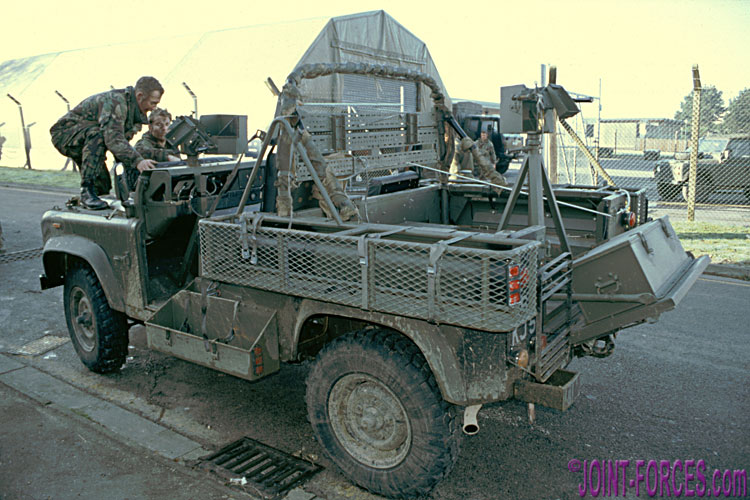
These cutaway Land Rovers, mostly from the 61KJ** registration batch produced in 1991, were modified specifically for parachute insertion and had removable L-shaped upper rear body sides to allow a second Defender to be stacked on top with its front wheels above the rear wheels of the lower vehicle. Despite many years of research I have not been able to ascertain the precise number of Cutaway Defenders that were produced for 5 Airborne Brigade, but I am now pretty confident that twelve of them were used by the Pathfinders and all seem to have been brought up to LRPV standard in 1994. Previously, I have mentioned in print that I was aware of at least five that had definitely been converted, as I had captured them in use on film, but having subsequently gone through my slide archive in depth it turns out that without mentally registering the fact I actually photographed at least eight, and maybe even nine, in that single day in 1994 (see MLR Pt 18a).
Weight and payload was always the Achilles heel of the LRPV as these short wheelbase Land Rovers had to not only carry three men and all their personal kit but they also had to transport two machineguns with a large quantity of ammo, sufficient water and rations for several days of operations independent of the parent formation and enough fuel to allow long range patrolling. To enable everything to be carried aboard these compact vehicles, double jerrycan racks were fitted alongside where the cab doors should have been, stowage panniers were hung from both rear body sides and the tailgate had fixed struts to keep it permanently open so that a large stowage bin could be carried upon it. Two improvised mounts to take the 7.62mm GPMG primary and secondary armament were fitted atop the dashboard – with windscreen discarded – and in the centre of the rear load bed; prior to introduction of the WMIK (Weapons Mount Installation Kit) conversion on the Wolf 110 the only officially sanctioned weapons mounts for British Army Land Rovers were those fitted to the specialist batch of 1980s V8 SAS One-Ten DPV (Desert Patrol Vehicle).
Southdown underside protection kits were fitted to the LRPV to permit severe off-roading and the lights were all protected from foliage damage by elaborate metal guards, rather than lighter but ineffectual wire baskets. For navigation on the move, a compass was mounted in a box post at driver’s eye level, and a full communications package could also be carried (not fitted in my photos). As if all this was not enough, at least half of the small fleet was also equipped with Warn bumper-mounted self-recovery winches. Incredibly, the original FASTBALL prototype was even more elaborate and weighed even more, but drastic weight savings had to be introduced for the production batch to pay lip service to the official legal payload limit.
Not only was excess weight a problem for the Pathfinder LRPV, but so too was funding as the Platoon was an unofficial recce asset of the Brigade commander. As a result, anything which could be home-designed and then manufactured by REME fitters was adopted instead of more costly bought-in options. The Pathfinders clearly also cribbed ideas from the SAS Desert Patrol Vehicles (DPV) and Land Rover’s own experimental Multi-Role Combat Vehicle (MRCV) which was under development at the same time; this might explain why so many commentators mistake the LRPV for an SAS vehicle, or think that the MRCV actually entered service. Close inspection of the ‘borrowed’ LRPV components such as the raised commander’s seat box cum extra battery compartment, complete with slave starter socket, or the side jerrycan racks, or even the stowage panniers, shows construction to have been completely different from the originals… and sometimes even more simplified. The overall LRPV package, however, fulfilled most of the Pathfinders’ mobility needs until the arrival of the Wolf 110 WMIK at the end of the decade.
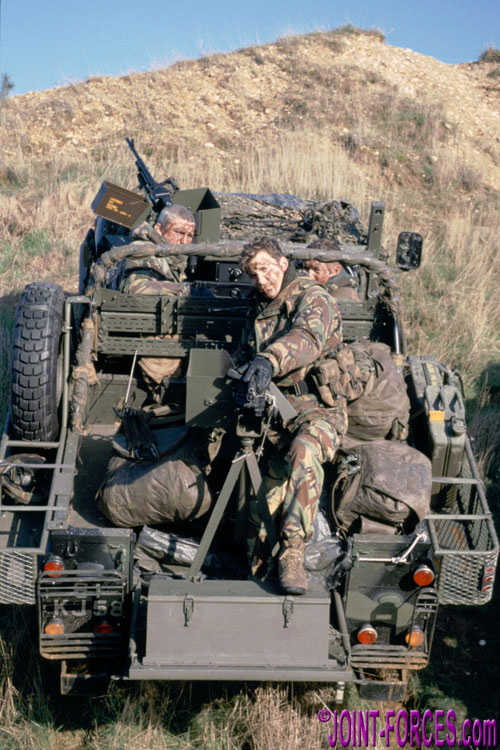
On that memorable day almost a quarter of a century ago when I joined the Pathfinders on the Long Valley training area I learnt a lot from driving force NCO Dave Gerrard on the future challenges he envisaged the team would have to face as peace-enforcement and multinational operations started to take over from the large standing army concepts favoured during the Cold War. I met him again just once, to hand over that picture he wanted to hang on the Pathfinders’ Temple wall, then I lost touch. When, at a later date, I telephoned to ask for his advice on a specialist topic I was told “Sorry, Sgt. Gerrard is no longer with us.” Putting two and two together, I wrongly presumed that he had made the career-advancing move over to the SAS and probed no further.
Unfortunately, as I learnt in 2003 from the NCO who had become his successor, Dave died in a tragic road accident near his base. Subsequently a new commanding officer decided that the LRPV concept did not really fit in with the traditional Pathfinder methods and ordered that the kits be permanently stripped off to return the Land Rovers to original configuration. However in the light of operations in Sierra Leone, Afghanistan and Iraq, Sergeant Dave Gerrard has been proved to have been the more far-thinking soldier, as the widely-used WMIK Wolf soon became the Long Range Patrol Vehicle of choice and, twenty years down the line it is still in service with specialist recce units.
[ images © Bob Morrison ]
- See also:- MLR Pt.18a ~ Pathfinder Defender 90 LRPV


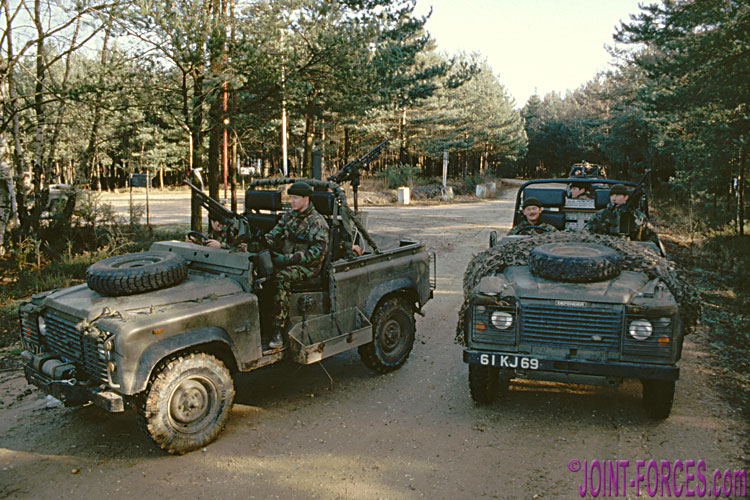
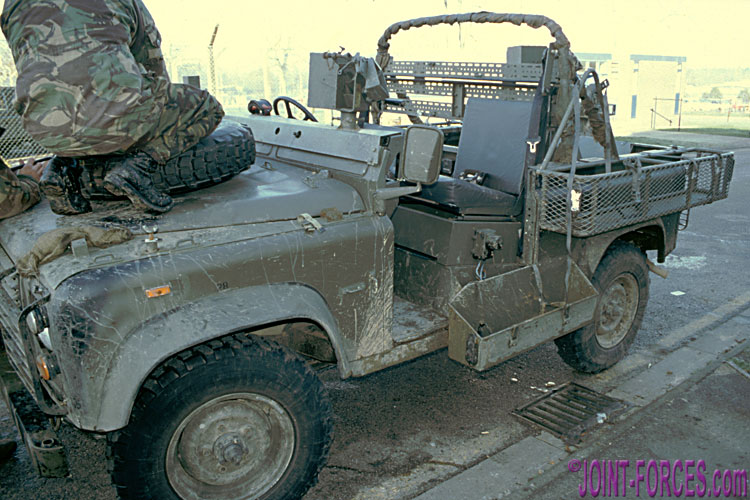
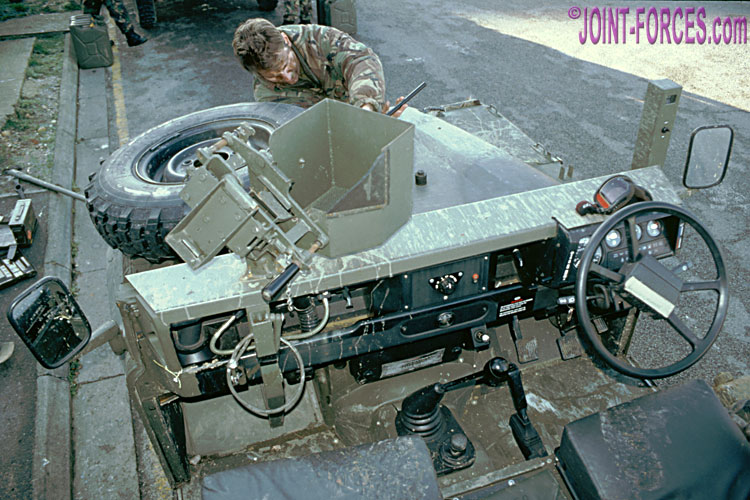
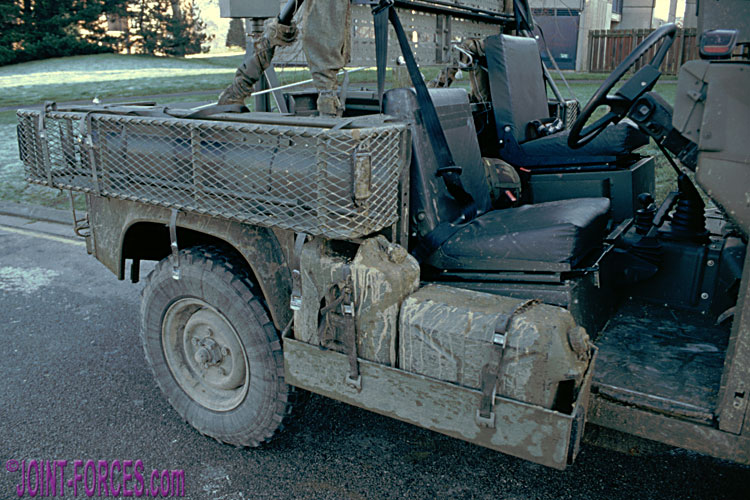

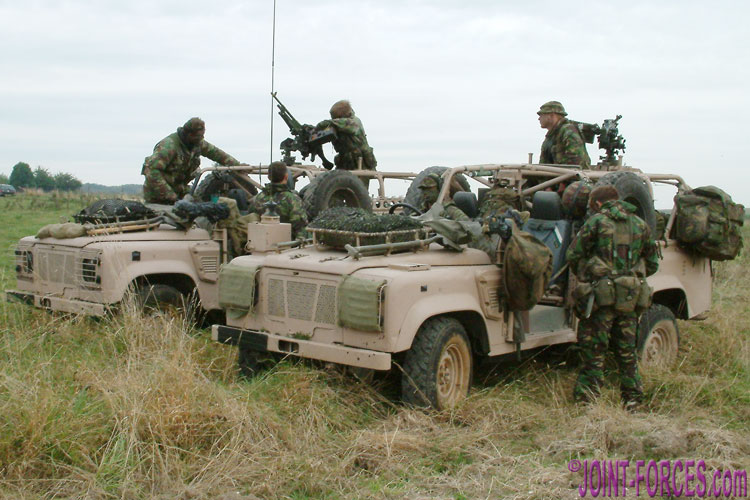
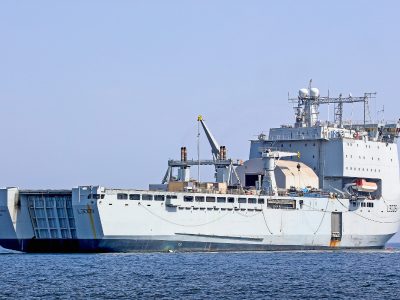
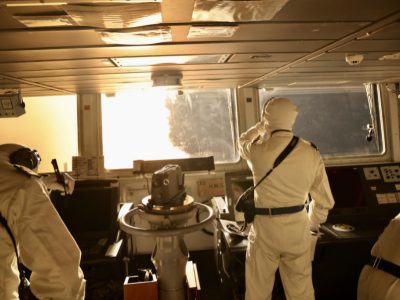
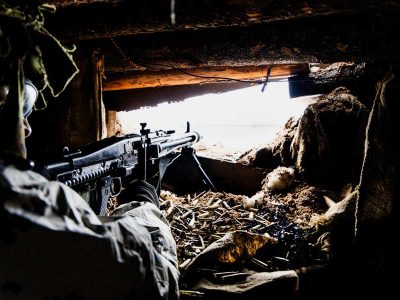
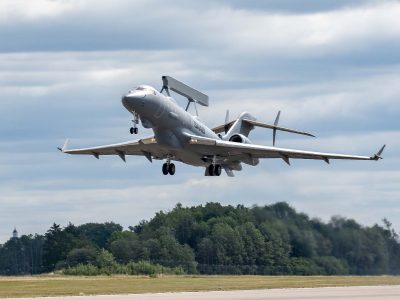





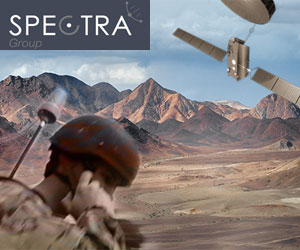








Pingback : MLR Pt.18a ~ Pathfinder Defender 90 LRPV | Joint Forces News